BIRD UGANDA SAFARIS
Tanzania Birding Safaris
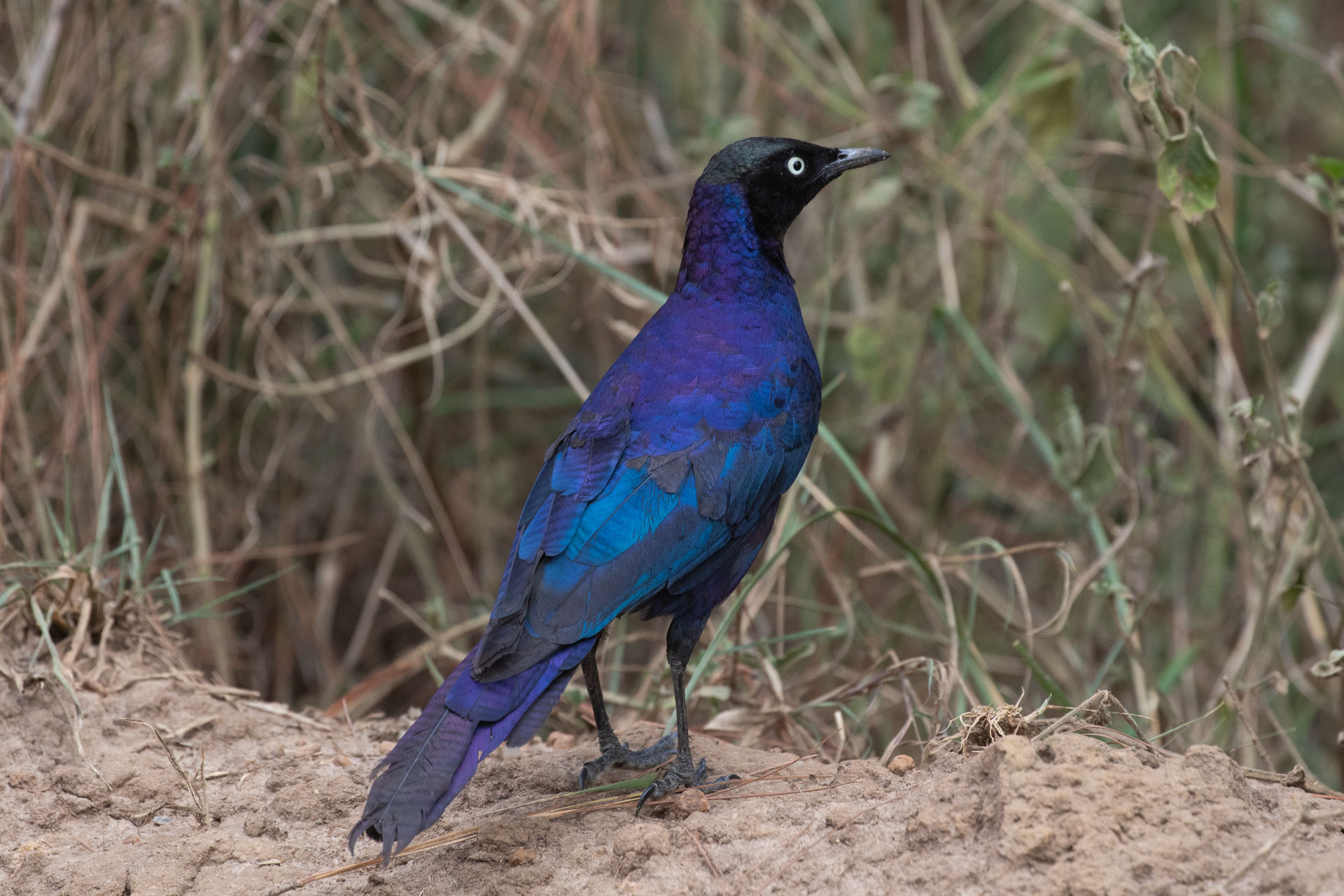
Tanzania one of Africa’s most naturally diverse and biologically rich countries, is a top global birdwatching destination. Home to over 1,100 recorded bird species, including more than 30 endemic or near-endemic species. Tanzania is a birder’s paradise waiting to be explored.
From the flamingo-covered alkaline lakes of the Great Rift Valley to the forested slopes of the Eastern Arc Mountains, the sprawling savannahs of the Serengeti National Park, and the remote coastal islands like Pemba—Tanzania’s wide range of ecosystems supports a staggering variety of birdlife.
Birding in Tanzania is not just a tour—it’s a deep safari experience that lets you connect with nature, observe rare and colorful species in their natural habitats, and gain a new appreciation for avian ecology. Whether you are an ornithologist, hobbyist, photographer, or first-time bird enthusiast, Tanzania offers year-round opportunities for unforgettable bird encounters.
What Makes Tanzania an Exceptional Birding Destination?
1. Diversity of Habitats
Tanzania encompasses a mosaic of natural environments, each supporting its own unique bird communities:
- Savannah plains (e.g., Serengeti, Tarangire)
- Mountain forests (e.g., Usambara & Uluguru ranges)
- Wetlands and lakes (e.g., Lake Natron, Lake Manyara, Lake Victoria)
- Woodlands and miombo forests (e.g., Ruaha, Katavi)
- Mangroves and coastal regions (e.g., Pangani, Zanzibar)
- This ecological richness results in high species diversity, including migratory birds, raptors, waders, and forest specialists.
2. High Endemism and Range-Restricted Species
Tanzania is home to several endemic and near-endemic birds, especially in the Eastern Arc Mountains and offshore islands. Species like the Pemba Scops Owl, Uluguru Bushshrike, Usambara Eagle-Owl, and Rufous-tailed Weaver can only be found in Tanzania or in very limited neighbouring areas.
3. Accessibility of Prime Birding Areas
Unlike many birding destinations worldwide, Tanzania’s top sites are accessible through well-maintained roads or small bush airstrips. You can explore bird habitats without venturing too far off-grid. Many birding areas are also part of popular wildlife safari routes, making it easy to combine game viewing with birdwatching easy.
4. Expert Birding Guides
Birdwatching safaris in Tanzania are enhanced by experienced local bird guides from Bird Uganda Safaris who know the species, calls, and best viewing times. Their keen eyes and knowledge ensure rewarding and educational birding experiences.
5. Year-Round Birding Opportunities
Although birdwatching in Tanzania is possible all year, the wet season (November to April) is considered the prime time for birding due to the influx of Palearctic migrants and active breeding plumage displays.
Top Birding Locations in Tanzania – Where to Go for the Best Birding Experience
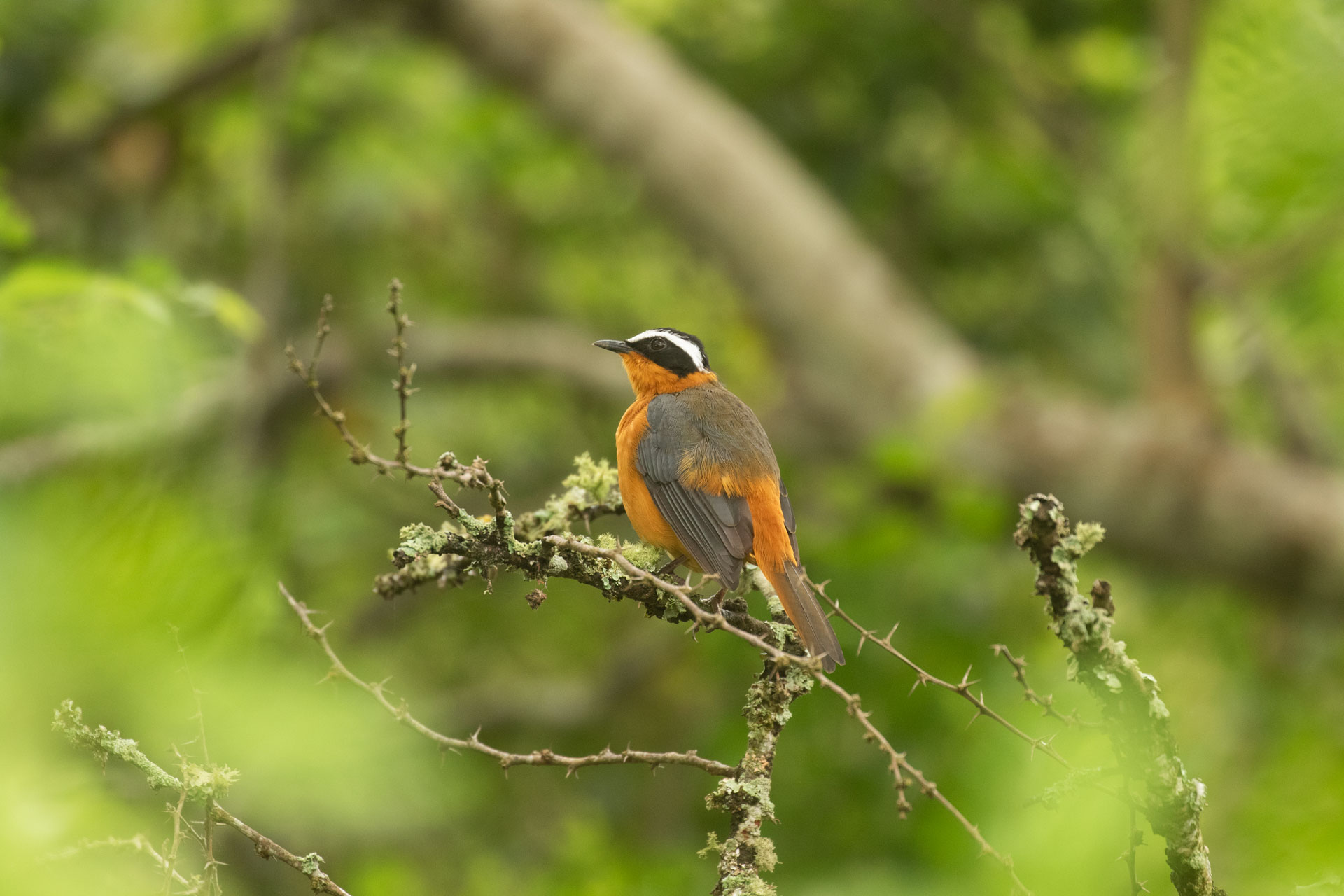
1. Serengeti National Park
The Serengeti is iconic for its wildlife, but birders find just as much magic in its vast open plains, acacia woodlands, and wetlands.
What Makes Serengeti Ideal for Birding
Over 500 recorded bird species, High raptor population, Easy-to-spot ground birdsand Seasonal wetlands attract waterbirds
Key Birds Species to Spot:
Secretary Bird, Fischer’s Lovebird (endemic), Grey-breasted Spurfowl, Rufous-tailed Weaver (endemic), Kori Bustard and Martial Eagle, Lappet-faced Vulture
During the migration season, thousands of European and Asian migrants add to the diversity, including Amur Falcons, Montagu’s Harriers, and Eurasian Rollers.
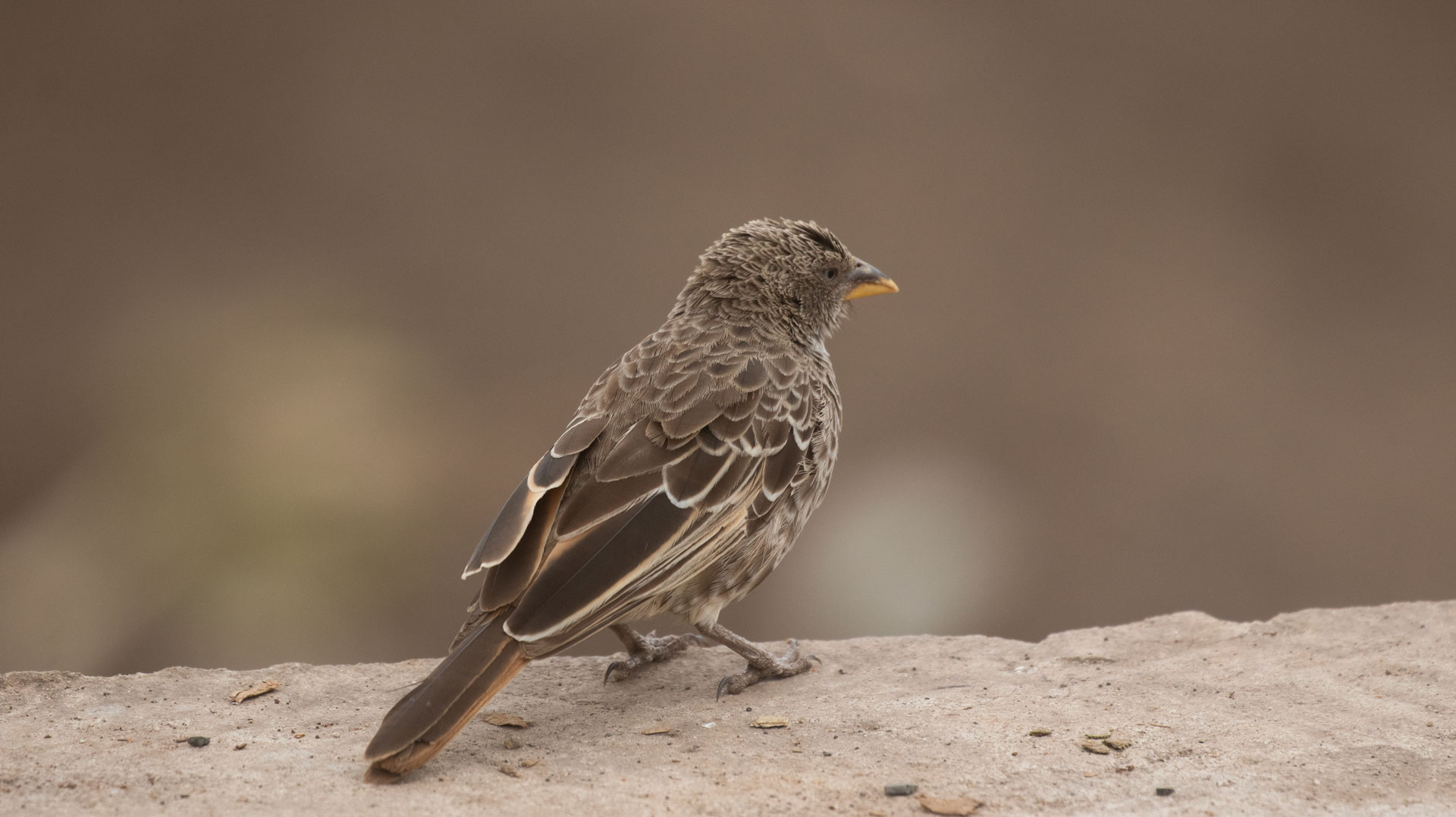
2. Lake Manyara National Park
Known for its groundwater forests, Rift Valley escarpment, and alkaline lake, Lake Manyara is home to over 400 bird species, making it a hotspot for waterbirds and raptors.
Notable Birds Species:
- Lesser and Greater Flamingos – often forming massive flocks
- Great White Pelican
- Silvery-cheeked Hornbill
- Collared Palm Thrush
- African Spoonbill
Lake Manyara is also one of the best places to see Verreaux’s Eagle, Ayres’s Hawk-Eagle, and Palm-nut Vulture.

3. Ngorongoro Conservation Area
The highland forests and crater floor support diverse habitats, attracting over 500 species of birds. It’s an ideal location for both montane and aquatic species.
Highlights:
- Rufous-tailed Weaver – endemic to the northern Tanzania highlands
- Hildebrandt’s Francolin
- Golden-winged Sunbird
- Black Kite and Augur Buzzard – soaring thermals above the crater
- Grey Crowned Crane
The Lerai Forest inside the crater is excellent for spotting forest species like Montane White-eye and African Paradise Flycatcher.
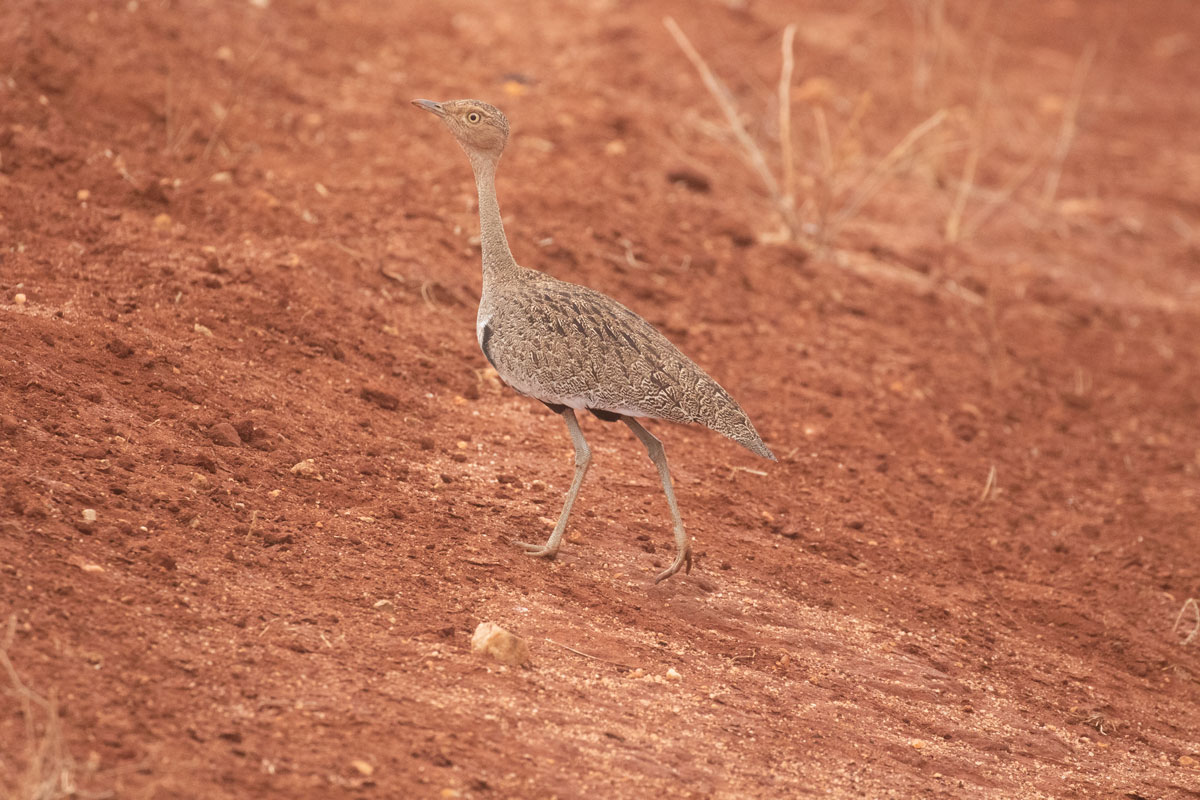
3. Ngorongoro Conservation Area
The highland forests and crater floor support diverse habitats, attracting over 500 species of birds. It’s an ideal location for both montane and aquatic species.
Highlights:
- Rufous-tailed Weaver – endemic to the northern Tanzania highlands
- Hildebrandt’s Francolin
- Golden-winged Sunbird
- Black Kite and Augur Buzzard – soaring thermals above the crater
- Grey Crowned Crane
The Lerai Forest inside the crater is excellent for spotting forest species like Montane White-eye and African Paradise Flycatcher.

4. Usambara Mountains (East and West)
The Eastern Arc Mountains are biodiversity hotspots and host some of Tanzania’s rarest endemic birds.
Key Endemic Birds:
- Usambara Akalat
- Usambara Weaver
- Usambara Thrush
- Amani Sunbird
- Spot-throat
The Amani Nature Reserve in the East Usambara is especially rich in forest endemics and a must-visit for serious birders.
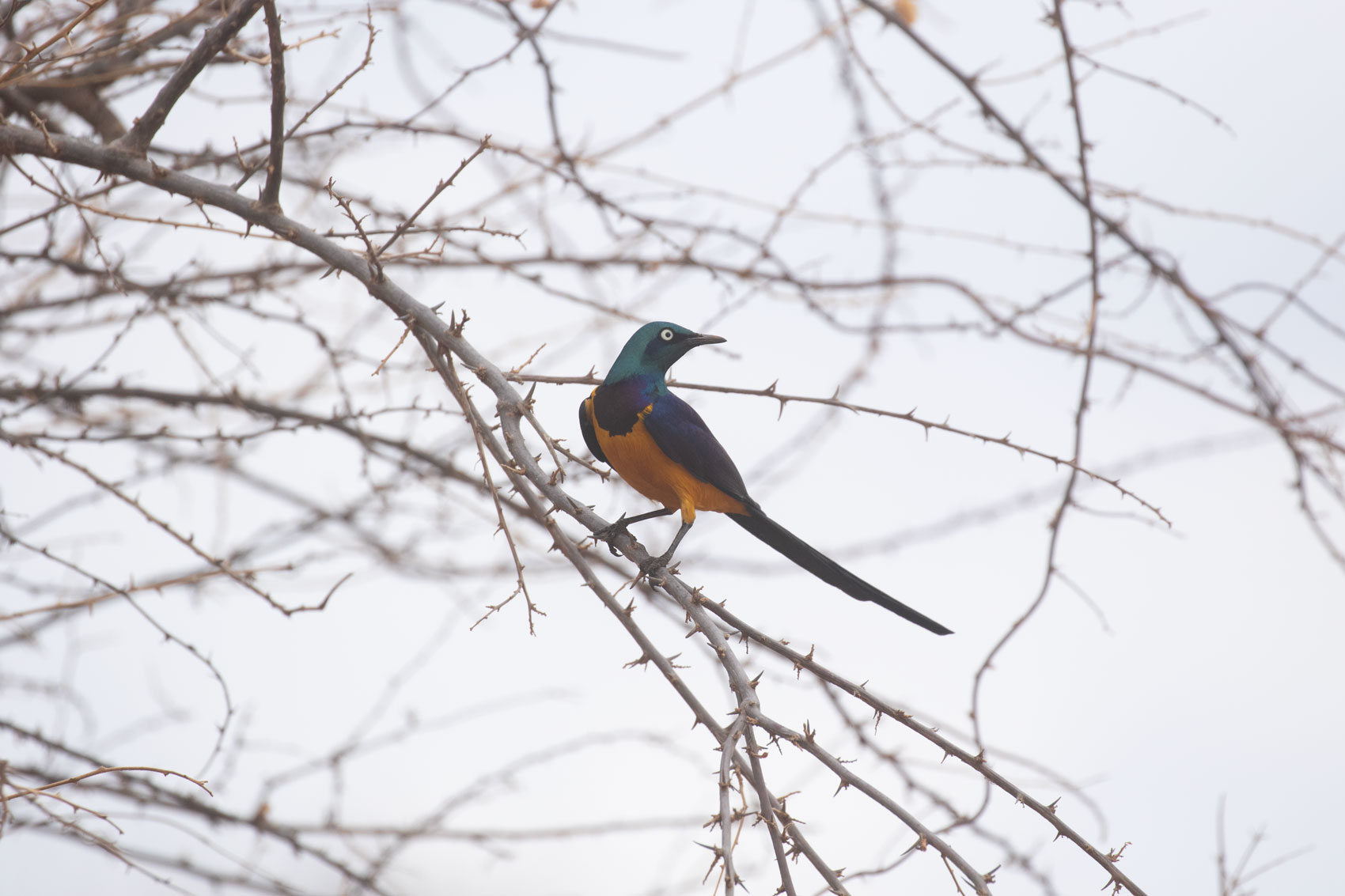
5. Ruaha National Park
Ruaha is less-visited but offers rich and relatively undisturbed bird habitats. Located in central Tanzania, it combines southern and eastern African species.
Key Bird Species:
- Yellow-collared Lovebird (endemic)
- African Hawk-Eagle
- Dickinson’s Kestrel
- Böhm’s Spinetail
- White-headed Lapwing
Ruaha is also a great location to spot woodland kingfishers, barbets, and sunbirds in large numbers.
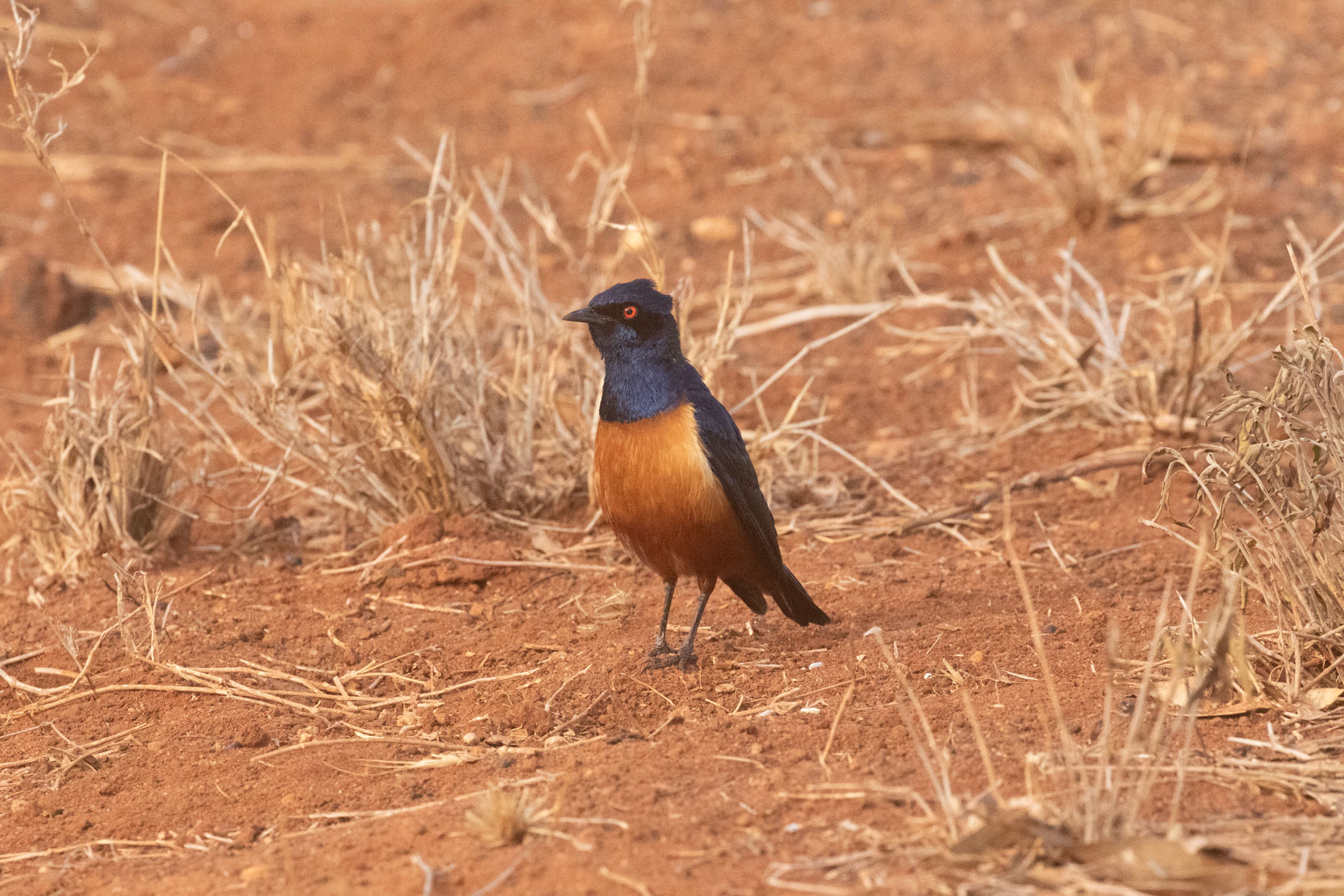
6. Pemba Island
Situated northeast of Zanzibar, Pemba is home to four endemic bird species, making it a crucial stop for birders interested in range-restricted island species.
Endemics Include:
- Pemba Scops Owl
- Pemba Green Pigeon
- Pemba White-eye
- Pemba Sunbird
The island’s forests, mangroves, and rural farmlands offer excellent viewing opportunities and the chance to enjoy low-impact ecotourism.
Unique Bird Species to Watch for in Tanzania
- Shoebill Stork – Rare and prehistoric-looking bird found in western Tanzania wetlands.
- Uluguru Bushshrike – Found only in the Uluguru Mountains.
- African Broadbill – Known for its strange buzzing sound, seen in montane forests.
- Bar-tailed Trogon – Forest trogon with vibrant colors, seen in Udzungwa Mountains.
- Fischer's Lovebird – Near-endemic to north-central Tanzania.
What to Pack for Birdwatching in Tanzania
- Binoculars (at least 8x42)
- Spotting scope (optional for serious birders)
- Bird field guide for East Africa
- Notebook or birding app for checklists
- Light long-sleeved clothing, sunhat, sunscreen
- Camera with zoom lens (300mm+)
Frequently Asked Questions (FAQs)
1. Is Tanzania good for birdwatching?
Yes! With over 1,100 bird species and a wide variety of habitats, Tanzania is one of Africa's best birding destinations.
2. What is the best time to go birdwatching in Tanzania?
The best time is November to April, when migratory birds arrive and many resident birds are breeding.
3. Can I combine birding with a wildlife safari?
Absolutely. Most national parks offer incredible opportunities to spot both birds and large mammals on the same trip

